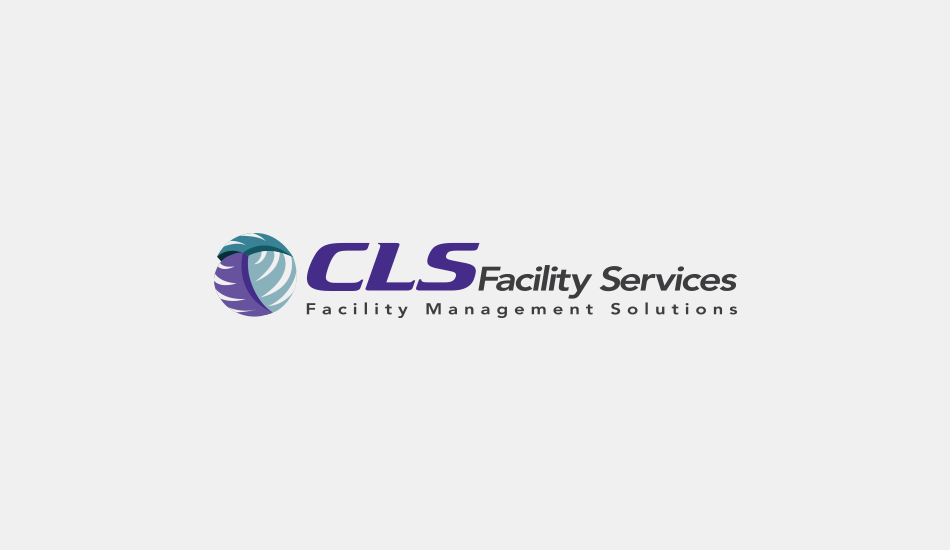In Part I of our three-part series on LEDs (light emitting diodes), we heralded LEDs as today’s standard for lighting efficiency, and we identified the benefits of lighting retrofit projects for a variety of retail and commercial buildings.
In Part II of this series, we offered strategies for planning a lighting retrofit process, and then implementing it. Now, in Part III, we’d like to suggest some strategies for fitting the right kinds of lighting to particular interior and exterior commercial spaces. Let’s first begin by highlighting some of the benefits of latest-generation LED lighting for different facility types—then, we’ll look at some different types of LEDs that are available for lighting retrofit projects.
Retail
For exterior lighting around retail spaces – be they parking lots or areas immediately adjacent to stores – converting from any older, established form of lighting to LED will generate substantial cost savings—conservatively speaking, anywhere from 30 to 90 percent. Even if your stores are fitted with the most energy-efficient T8 system available, you’ll enjoy big savings with LED. And if you’re migrating from T12s to LEDs, the savings are even greater.
The benefits don’t end there. Along with that, you’ll get two to six times the lamp or fixture life with LEDs, which in turn lead to major savings on maintenance costs. And speaking of maintenance savings, longer lamp life means less need to rent lift and boom equipment to replace lamps and ballasts.
Consider a typical grocery store parking lot – generally, stores use 400-watt metal halides on top of 25-foot polls that generate 460 watts per fixture and have an average lifespan of 8,000 to 16,000 hours. If that store replaces those with LEDs ranging in power from 80 to 150 watts per fixture, they’ll last anywhere from 50,000 to 150,000 hours. That store will realize a wattage reduction and enjoy longer lamp life. Considering that it may cost between $400 and $800 to rent a lift truck and pay labor costs, the potential savings are significant.
For interior lighting in retail spaces, the benefits are also considerable. They include:
- Energy savings
- Higher color rendering index (CRI), resulting in a higher quality of light
- Better light levels – and a better spread of light – for a much longer period of time than previous technologies. At, we CLS help clients implement lighting retrofits every day, and one of the greatest benefits we see is tenants’ reaction once it’s completed. We’ve literally had tenants thank us personally on site for implementing the retrofit – they tell us their building looks so much better both inside and out, and it’s just a more pleasant and safe environment in which to work.
Distribution Centers / Warehouses / Manufacturing Facilities
For these applications, LEDs would replace many different types of lighting, each with considerably less wattage, light quality, light spread and lifespan. Initial savings can be further augmented by installing a control system. This can be done through either occupancy sensors, or through cloud-based controls. Consult a qualified lighting specialist, who has in-depth experience in utilizing lighting controls systems to maximize energy savings.
Benefits:
- Removal of all mercury from the facility
- Massive maintenance savings costs; the bigger the facility (or the more facilities that are retrofitted with LEDs), the bigger the savings
- Improvement in employee morale thanks to a brighter, more attractive and better lit facility
Parking Garages
Parking garages are unique spaces in that lights often stay on 24/7/365. By switching to energy-saving LEDs, you can realize energy savings in the 50 to 80 percent range. All benefits mentioned earlier also apply with parking garages.
Parking Lots and Car Dealerships
In these cases, the benefits are similar to those of exterior retail (see above for more information on specific benefits).
Schools / Gymnasiums / Swimming Pools
Again, these facilities can gain all the benefits listed above—plus, many lights in these spaces are difficult to access, which adds to maintenance costs when older-technology lamps need replacing. With long-lasting LEDs, that additional maintenance cost is greatly mitigated.
Considering Different LED Options
Now that we’ve highlighted benefits of LEDs for certain facility types, let’s briefly touch on the LEDs themselves.
LEDs are judged by the variable lumens per watt. Basically, the more lumens, the more “bang for your buck.” Additionally, different LEDs offer different color temperatures and aesthetic values. One LED might feature many lumens per watt and cast light in a certain way. That may be great for, say, a school auditorium, but not for a trendy boutique. Likewise, the LEDs that help to make that boutique an enticing space in which to shop may not cut it in the high school auditorium.
An experienced lighting services provider like CLS Facility Services can consult with facility managers up front and determine the right mix of LED types for different applications. That mix is really important; the right LEDs can make a space inviting to occupants and facilitate its highest and best use, in addition to maximizing energy costs. A poor mix can mean wasted dollars spent on the wrong lighting for the wrong spaces, which lessens occupant comfort and makes the building less attractive and functional.
A last word about LEDs: We highly recommend using established brands. Reputable manufacturers produce quality products—and they’re likely to be around for years if any issues do arise with the LEDs you purchase.
We hope you are finding this series on LEDs and LED retrofits strategies helpful. In our last installment, we’ll look at strategies for identifying and capturing available rebates. In the meantime, if you are looking for a Lighting and Electrical management company for 2017, learn more about CLS Facility Services by contacting us at 800-548-3542 or by filling out our contact form.




